On this website, we discuss home audio & video, personal audio, home theater, home automation and speak with some of the movers and shakers in the music and HiFi industry.
Today, I share my impressions of HeadAmp’s flagship GS-X Mk2 headphone amplifier. This article will focus on the build quality, design, and some of my sound impressions about the GS-X Mk2 paired with six different headphones fed by my TT2 as the DAC.
Other than HeadAmp,The Source AV is the only authorized dealer of HeadAmp products in the USA, which can be found on our TSAV website and for demo at our headphone bar and showroom in Torrance, California.
The GS-X Mk2’s dual-mono Headphone Amp/Preamp, currently offered in 8 colors, uses 4 “Dynalo+” amplifier modules based on a discrete design by Kevin Gilmore, a circuit that has evolved over 15 years.
According to HeadAmp, when the GS-X Mk2 is paired with its included power supply, the modules can output up to 23 Peak-to-peak voltage at 100ohms, 21 VPP at 25ohms, and 16 Vpp at 10 ohms. When running headphones via the balanced outputs, these voltages are doubled.

The GS-X Mk2 pushes up to 6 watts of class-A power into balanced headphones, allowing it to drive nearly all headphones with ease, including current hungry planar magnetic headphones, and still be usable with IEMs due to its quiet design.
On the front of the GS-X Mk2, you have the Pre-Amp Switch, which, when turned on, the pre-amp XLR & RCA outputs are enabled. You then have the Gain Switch, which allows you to set the amount of amplification you desire, such as Low for iems’ and sensitive headphones, and medium and high gain for harder-to-driver headphones.
The GS-X Mk2 has a balanced output for headphones with a 4-pin XLR, a Left Single Ended, and a Right Single Ended combo jacks with a ¼” in the center for use with headphones wired with ¼” TRS plugs for stereo use. You also can use a 3-pin XLR output for headphones wired with separate left and right plugs for balanced listening.
The amplifier uses a precise 24-step attenuator for volume control that has a slight resistance to turn but feels lightweight overall when turning. Next, you have the Input switch on the front of the amplifier, which allows you to set the input for RCA 1, XLR, or RCA 2. To drive headphones or utilize the Pre/Amp with actual balanced output, the XLR input must be used.
On the back panel of the GS-X Mk2, you will find three stereo inputs; an XLR for balanced and 2 RCA. The LOOP OUTPUTS allow you to pass the input signal onto another part of your system with one XLR and one RCA.
Lastly, you have the PRE-Amp outputs, including 1 XLR and 1 RCA, which are great for connecting to powered speakers or a speaker amplifier for passive speakers.
You most definitely want to place the power supply and amplifier side by side or on separate shelves with plenty of ventilation. If you attempt to stack the amplifier on top of the power supply, you will increase the noise floor and not allow proper ventilation. The power supply should never be placed on top of the amplifier.
Overall, I am pleased with the build quality of the GS-X Mk2, with a few things that stood out to me that could be a little better at this price. The amplifier is very lightweight, which could be a positive for some users; however, when plugging in a power cord, the included power umbilical cord, and removing or inserting interconnect cables, I found the amplifier was quickly moved and pulled out of place. Not a big deal if you are going to set it up and never move it or connect new gear, but I wanted to mention it.
The included power cable is extremely short and doesn’t feel like it matches the level of quality in sound the GS-X Mk2 can output. So, if you are thinking about purchasing the excellent sounding HeadAmp, I would set aside some money for an upgraded high-current power cord.
Clarus makes some incredible interconnects, power cords, and power conditioning options that will help to improve the performance of the GS-X Mk2 and all your other connected audio components.
GS-X Mk2 Sound Impressions
Highly transparent, precise staging, superb detail, unfatiguing with the right headphones, with a profound black background. Honestly, I wasn’t expecting the amplifier to sound as good as it does after feeling how lightweight it was when I set it up on my audio rack.
The GS-X Mk2 presents the sound of your DAC and the sound signature of your headphones with no coloration to my ears. Compared to my reference headphone amplifier and DAC, the Chord TT2, the headphone amplifier of the TT2, presents some coloration to the music compared to the neutral transparent GS-X Mk2.
HeadAmp was spectacular. It allowed me to hear exactly how the headphones and the DAC were performing in my system, for better or for worse.
The HeadAmp is not colored but extraordinarily balanced and neutral to my ears. You will not tame bright headphones with the GS-X Mk2, but you shouldn’t make them sound any brighter than their sound signature was designed to sound. If you are looking for a headphone amplifier that allows you to hear the difference between your audio components and is quiet enough for headphones and iems, this amplifier is one you must consider.
For my sound impressions with the six pairs of headphones I listened to with the GS-X Mk2, I utilized my Chord TT2 as the DAC balanced into the HeadAmp and listened to some of my favorite tracks via Roon.
Starting first with the LCD-5, my flagship reference headphone, listening to Chris Rea’s The Road to Hell, I immediately am struck by too much upper midrange. The Neutrality of the GSX MK2 on top of the neutrality with some serious upper midrange bite from the LCD-5 and the analytical sound of filter one from the TT2 wasn’t the best synergy from an audio gear perspective for this song and my preferences.
Listening next to Pink Floyd time, and this was much more impressive. The sense of space and depth of the sound stage of the LCD-5 with the GS-X Mk2 was stunning to hear. Every drum hit seemingly danced across the soundstage, effortlessly pulling me into this legendary song.
The Electric guitar could sound a bit harsh during some points on the recording due to the forward upper midrange of the LCD-5, reminding me of why I like the LCD-5 off warmer amps or tubes. Switching the TT2 to filter four seemed to help take a bit of the edge off, but I would still lean towards a warmer solid-state or tube amp for the LCD-5 for my personal preferences.
I am waiting for Audeze to drop their Roon EQ profile for the LCD-5, primarily if they address the upper midrange bite and add a bit of a bass shelf. If they do, I could see the GS-X Mk2, with its exceptional soundstage accuracy paired with the resolution of the LCD-5, being a great combo.
Without EQ or tone control, even with the warmer filters from the TT2, the Audeze LCD-5 pairing was just too analytical sounding for me with the GS-X Mk2. Utilizing a smoother, less analytical warmer leaning DAC from AKM or another manufacturer if EQ or Tone Control is not your thing could also potentially help with the LCD-5 pairing.
Moving next to the Meze Elite with Hybrid pads, listening to Lana Del Rey Born to Die. This is a step in the right direction with the GS-X Mk2. The Elite’s sound stage sounds airy, and Lana’s vocals float above my head, pulling me back into the music. Switching to the Alcantara pads of the Elite and warm filter four on the TT2 is the sweet spot for this track, with the Meze Elite and the HeadAmp giving a more natural analog sound with less upper-midrange presence.
Knowing that I prefer the warm filter 4 of the TT2 with the HeadAmp and the Alcantara pads, I cued up The Last Samurai’s film Score: A hard teacher by Hans Zimmer. Beautiful, every string pluck is defined brilliantly, with the wind instruments sounding effortless as the drums begin to build in the background.
I am now starting to analyze less and just beginning to enjoy the music. Synergy is everything, the analytical filter of the TT2 plus the hybrid pads of the Elite amplified by the GSX-Mk2 were forcing me to analyze the music and, at some points, pulled me out of enjoying the music.
Listening next to The thin Red Line: Light, From Hans Zimmer. Now that I have achieved system matching, thanks to the Elite’s Alcantara pads, TT2 filter 4, and Headamp’s clean amplification, I am ready to put my pen and notes away and melt into the music.
Moving on to the HEDDphone from HEDD audio which was a combo I was looking forward to as I felt this headphone amplifier sonically would mesh very well with the HEDD. I decided to stay with filter four on the TT2.
Starting with Deportation from the Babel soundtrack, the strings have exceptional speed and definition. The sound stage sounds magnificent, with the strings appearing out of thin air, gently flowing back into the darkness only to reappear again with lifelike images.
Listening next to Lingus from Snarky Puppy and the brass instruments along with the drums and cymbals bring up positive emotion and oxytocin as I am listening. I begin bobbing my head and tapping my toes until I realize I am wearing the 700-plus gram HEDDphone, and I wasn’t planning on doing any neck exercises today!
So I keep tapping my feet instead, and I jam with this combo! The soundstage sounds open and airy, with excellent imaging and good soundstage width. This combo may be the most exciting I have ever heard from the HEDD; very impressive!
One more track with the HEDD, listening to Yellow Jackets, Jackets XL “Downtown.” I said I wouldn’t do neck exercises, but I was wrong; the HEDD and the GS-X Mk2 have me bobbing my head and tapping my foot. The brass instruments sound brilliant, and the piano keys’ timbre is spot on, with the cymbals and drums keeping the pace and the rhythm. The speed of the HeadAmp and the HEDDphone from HEDD Audio together is an excellent match.
Moving into the dynamic driver headphones starting with the Focal Stellia, listening to Crosby Stills and Nash’s “Guinevere,” and the vocal reproduction on this track, superb image definition, and sound stage accuracy present an uncolored version of the Stellia that is very enjoyable with the HeadAmp Focal Combo.
Listening to The Who’s “Behind Blue Eyes,” the Stellia sounds more open and spacious than I am used to hearing on the TT2 headphone amplifier, with the vocals being presented beautifully and accurately on the soundstage. As I listen, I understand that the GS-X Mk2 is one of the better solid-state amps I have heard from a sound stage accuracy, imaging, and black background perspective.
Listening next to the Focal Clear MG that we recently presented on this YouTube channel and a few different tracks, “Oye Como Va” from Santana, “Can’t hear me knocking from the Rolling Stones, and Ricky Don’t Lose that Number from Steely Dan, the Clear MG sounds open and precise, with no additional coloration being added to the already darker bass-heavy sound signature of the Clear MG.
This amplifier pairs sonically well with the Clear MG and likely other darker-leaning bass-heavy headphones such as the Meze Empyrean. The bass on the Clear MG is well controlled, sounding tighter and better defined than the majority, if not all the headphone amplifiers I gave my impressions in avideo I made on the Clear MG. If you are a Focal Clear MG or OG owner and you can visit our showroom, I think GS-X Mk2 is a pairing worth hearing.
Lastly, listening to the Sennheiser HD800s with the HeadAmp to a few different artists and tracks, including Super Tramp, “The Logical Song,” Dire Straits, “Money for Nothing,” and Nils Frahm #2, and this combo allows for spectacular imaging, very open and deep sound staging, and excellent overall vocal placement and tone.
However, like the LCD-5, I feel the HD800s require, for my preferences, a warmer leaning amplifier and, for the best sound in my experience, a highly euphonic tube amplifier due to the Sennheiser’s exacting analytical sound signature.
Conclusion
To conclude my impressions of the HeadAmp GS-X Mk2 Flagship Headphone amplifier, I find it one of the most transparent headphone amplifiers I have heard without the glare that cheaper made and designed headphone amplifiers being sold online present.
For my preferences, I think the GS-X Mk2 pairs best with warmer or darker leaning headphones and or a warmer, less analytical DAC than my Chord TT2 to find the sound synergy that allows me to get lost in the music.
However, for analyzing the differences between audio components and reviewing the subtle sound differences between headphones and source components, the GS-X Mk2 may be one of the most transparent clean windows to see clearly and deeply into my favorite recordings that I have ever heard.
My favorite pairings of headphones I heard in the house were the Meze Elite with Alcantara Pads, the HEDDphone from HEDD Audio, and the Focal Clear MG. These pairings were excellent and synergized well with my TT2 on warm filter four and the HeadAmp!
If you are in the greater Los Angeles region or just looking to make a trip to hear the GS-X Mk2 and all the other HeadAmp amplifiers, our TSAV 10,000 Sqft showroom and headphone bar have one of the largest selections of personal audio, amplifiers, and audio enthusiast headphones to listen to in the country.
Until next time friends, always remember, let the music be your guide!

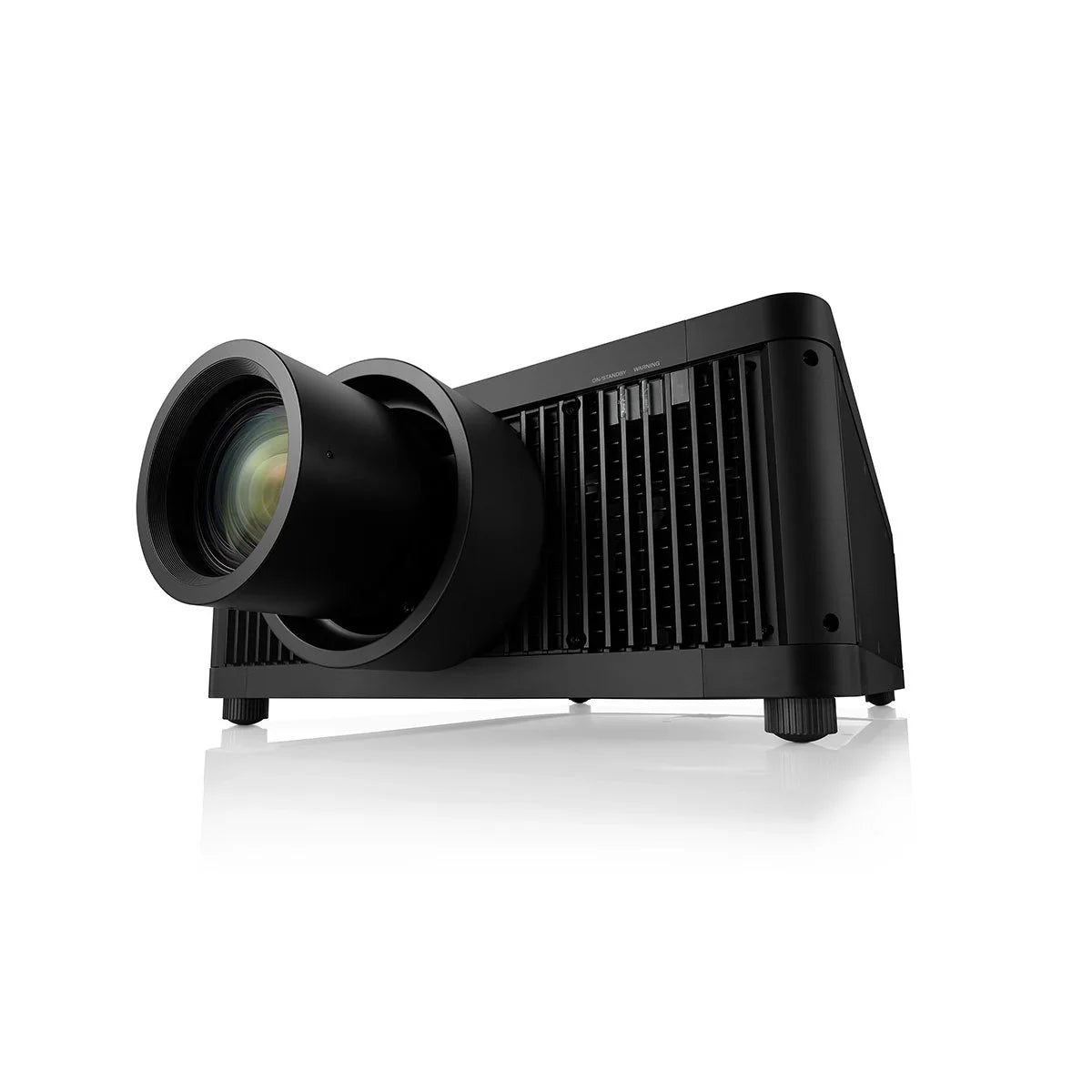
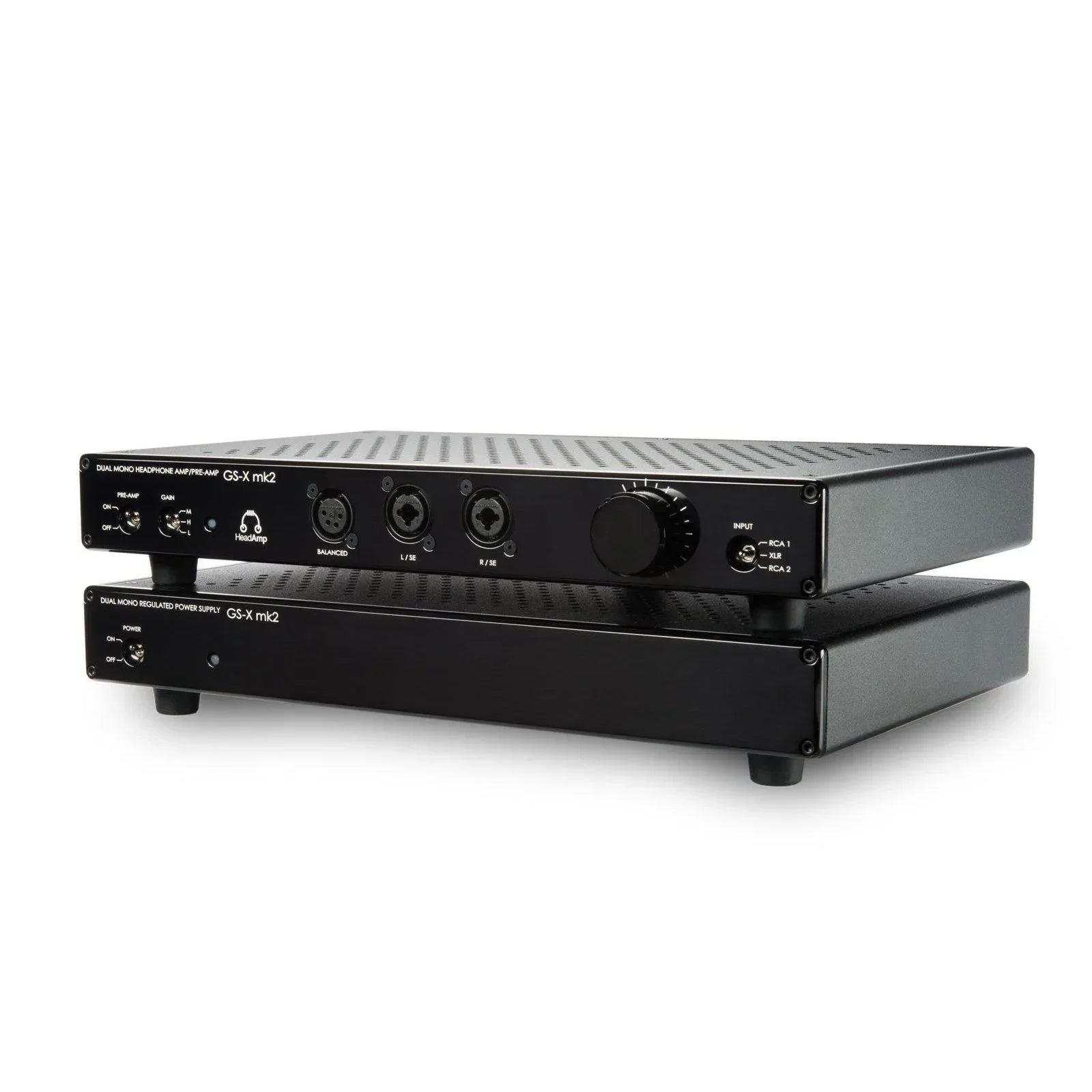


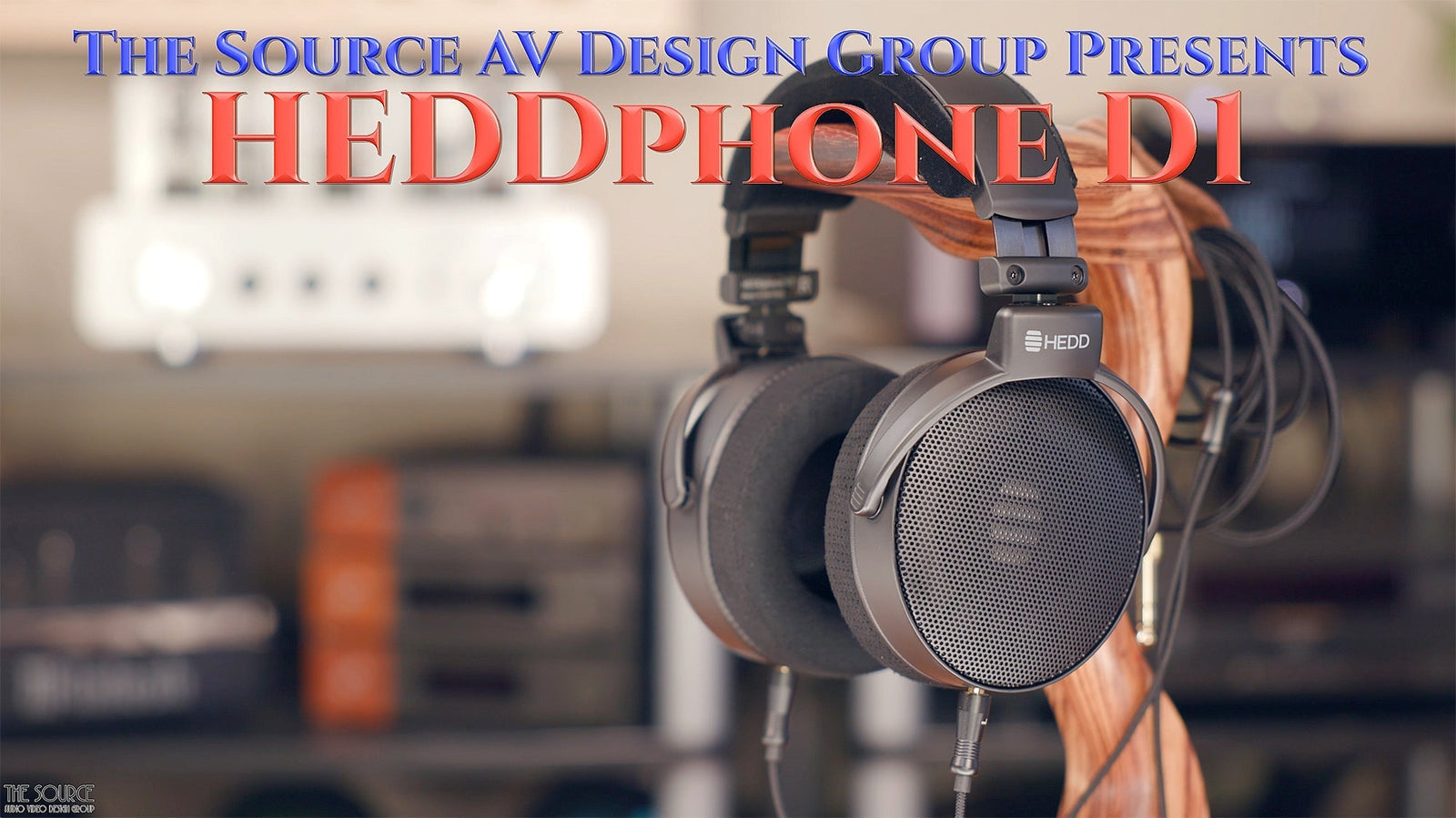
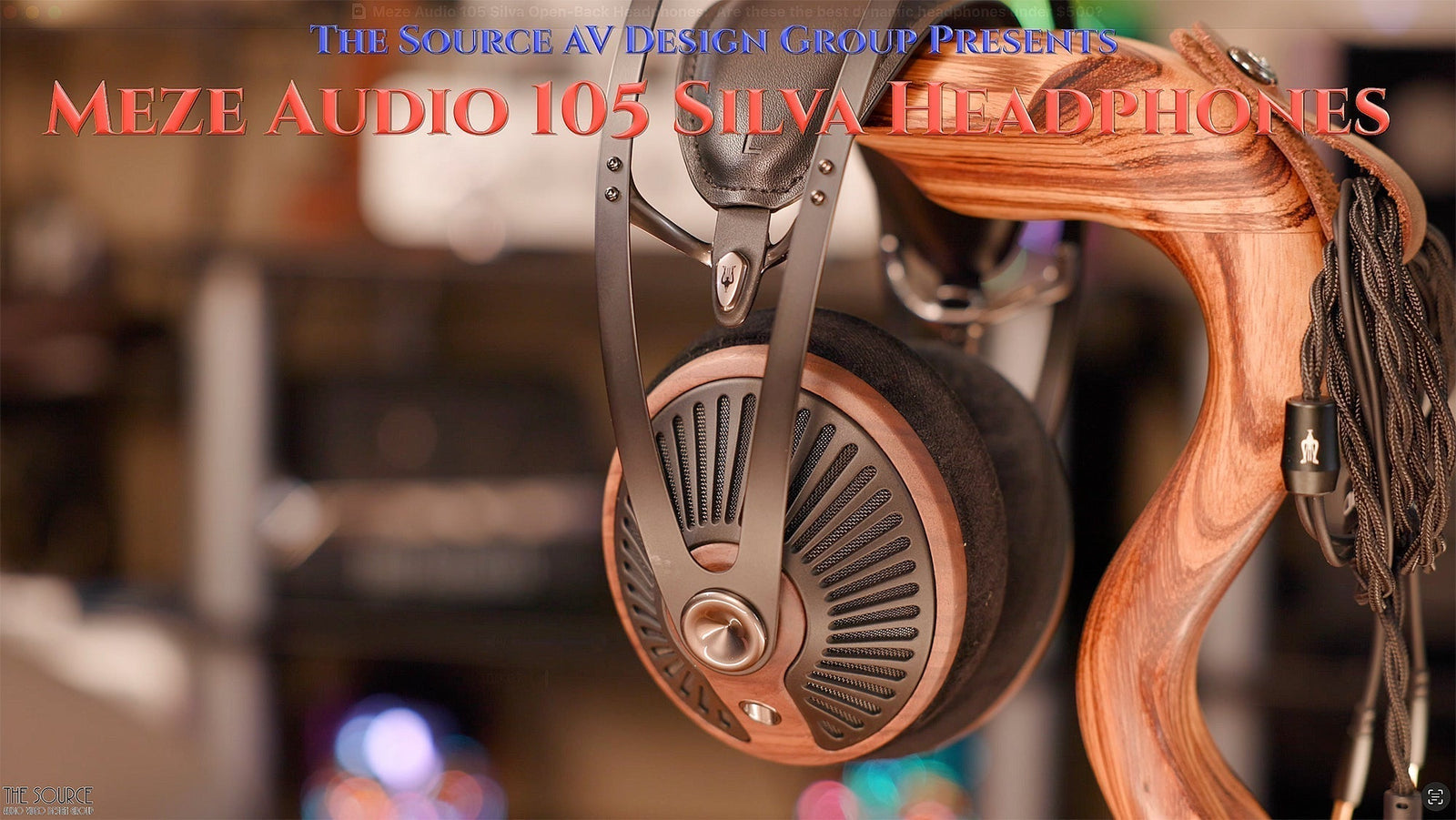
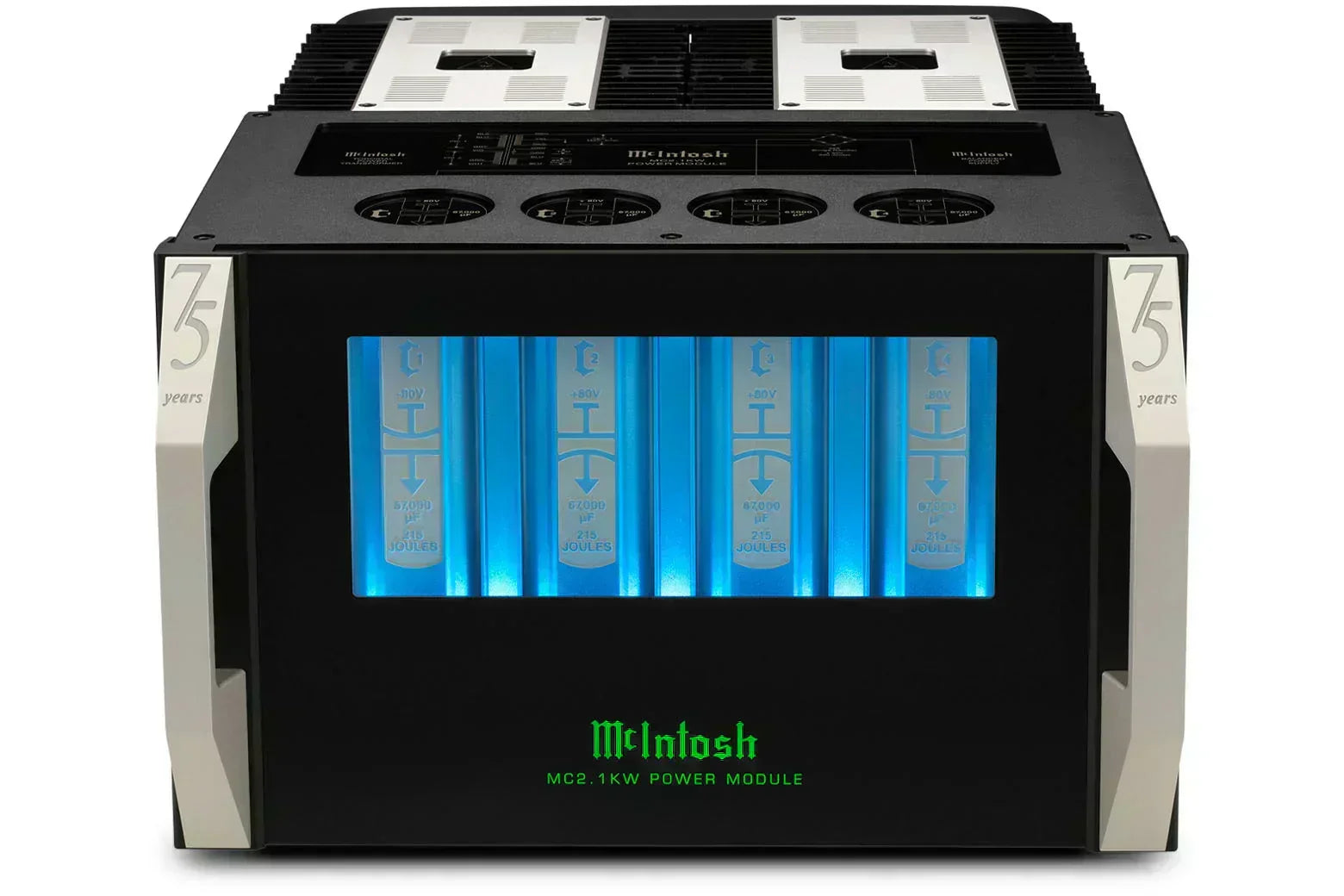
Leave a comment (all fields required)